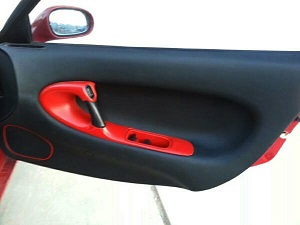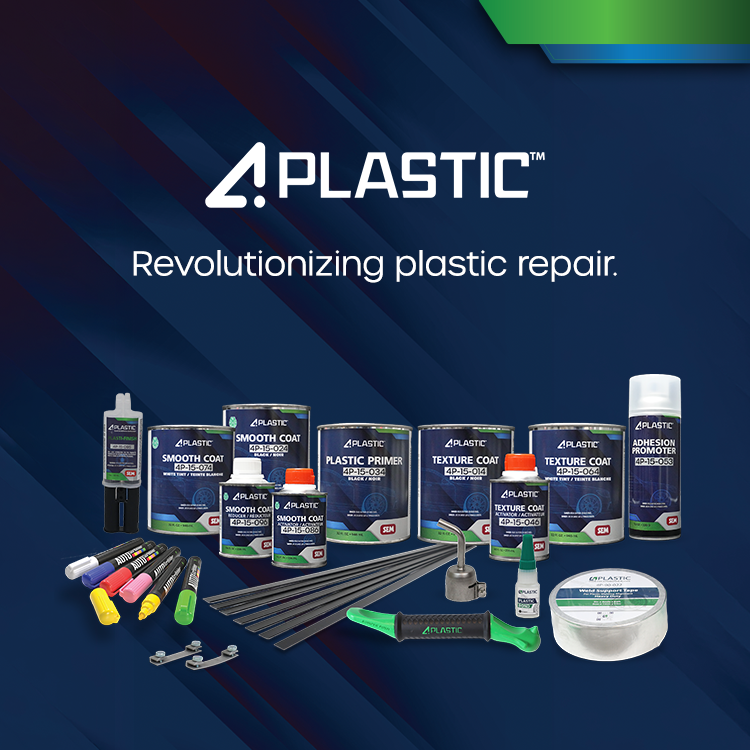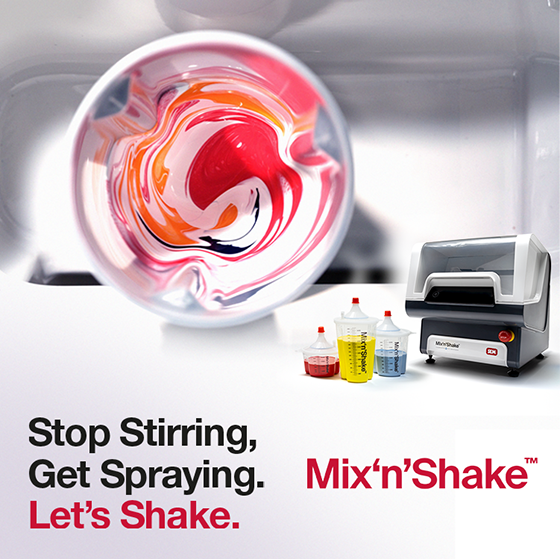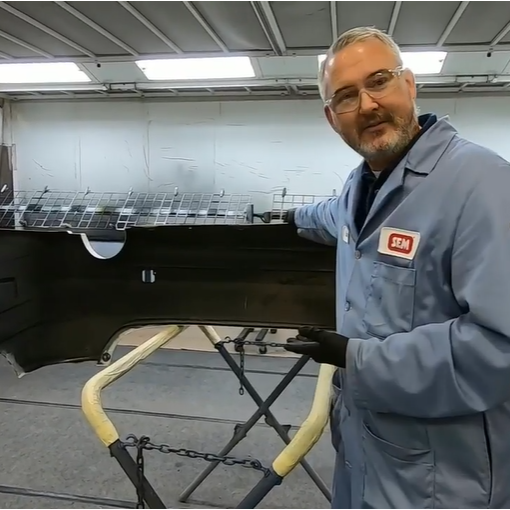4 Easy Steps to Refinishing Interior Plastic
We recently received a thank you letter from Dave, who used SEM’s flexible coating Color Coat to refinish the dashboard and doors of his car.
Dave writes, “I used SEM Color Coat on the interior panels of my custom sports car 10 years ago and it still looks amazing. No cracking or flaking or fading. Looks like the car came that way.”
Color Coat is not a dye, but a flexible and permanent coating. Available in 50 popular aerosol colors or any custom color with the Color Coat Mixing System, it restores plastic, vinyl, carpet, and velour.
Thanks again for sharing, Dave. We’re glad to hear that SEM has stood the test of time.


4 STEPS TO PROFESSIONAL RESULTS
Want to get Dave’s results? Here are 4 easy steps to use Color Coat on your next interior plastic refinishing job.
1. CLEAN
Clean the area with SEM Soap and a gray scuff pad. Scrub thoroughly, paying close attention to textured or recessed areas. Rinse with water or wipe away residue with damp cloth and let dry.
2. RE-CLEAN
Clean with Plastic & Leather Prep or Zero VOC Surface Cleaner using a clean, lint-free towel and wiping in one direction. If contamination still exists after cleaning, water will bead on the surface. Repeat until beading no longer occurs.
Tech tip: Wiping in one direction will remove contaminants from the surface, rather than smearing contaminants around.
3. PREP
To promote adhesion on plastics, such as ABS, PVC or other similar plastics, apply a medium wet coat of Sand Free. While still wet, apply a light coat of Color Coat. (Avoid applying the first coat of Color Coat too heavily or sagging could occur.) As Sand Free evaporates, Color Coat is drawn into the surface, resulting in excellent adhesion.
To promote adhesion on plastics, such as TPO, EPDM, PP or other similar thermoplastics, use Plastic Adhesion Promoter or XXX Adhesion Promoter. Apply one light coat, let flash for 5 minutes, and then apply one full wet coat. Allow this coat to flash 10-15 minutes, but no longer than 30 minutes before topcoating.
Tech tip: If the type of plastic is unknown, place a drop of acetone on the back of the plastic and rub it with your finger. If the plastic smears and melts, use Sand Free. If acetone does not have an effect on the plastic, use Plastic Adhesion Promoter or XXX Adhesion Promoter.
4. APPLY
Apply Color Coat. View the TDS, Color Coat How-To Video, or our Refinishing Auto Plastic & Vinyl Procedures (RAP-1) training manual for more detailed instruction.
If you’re looking for interior leather repair, check out our Classic Coat aerosols.
Enjoyed this article? Sign up under “Get Notified” to receive notifications when new articles are posted.
Recent Posts




